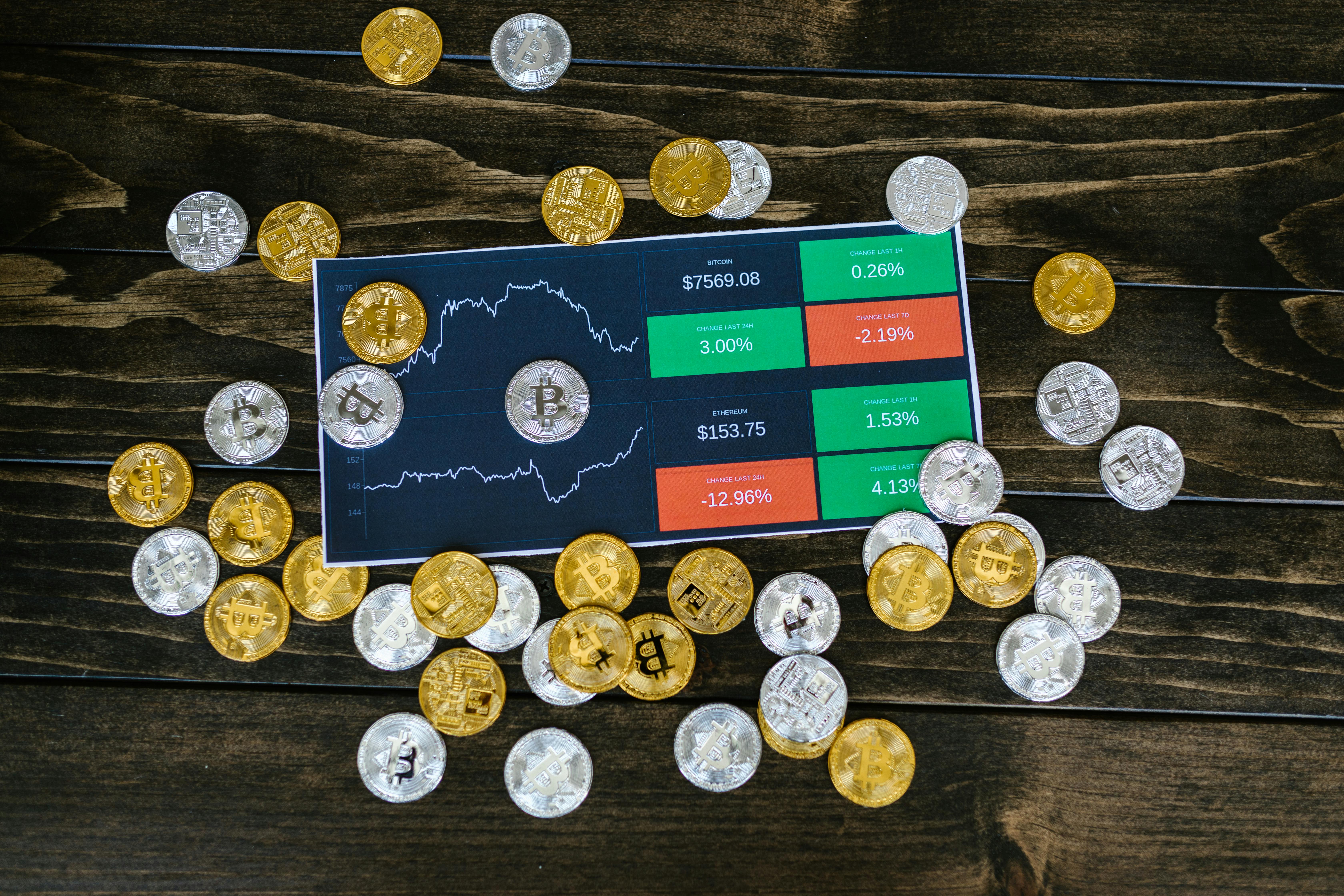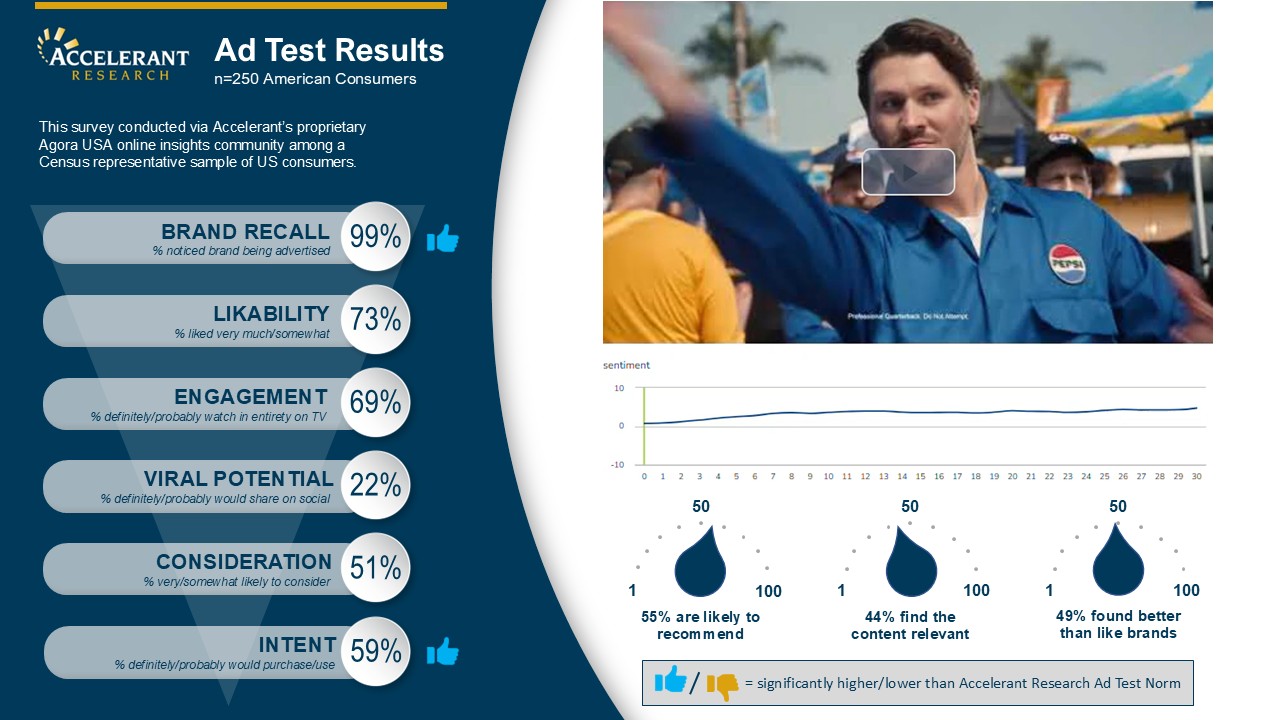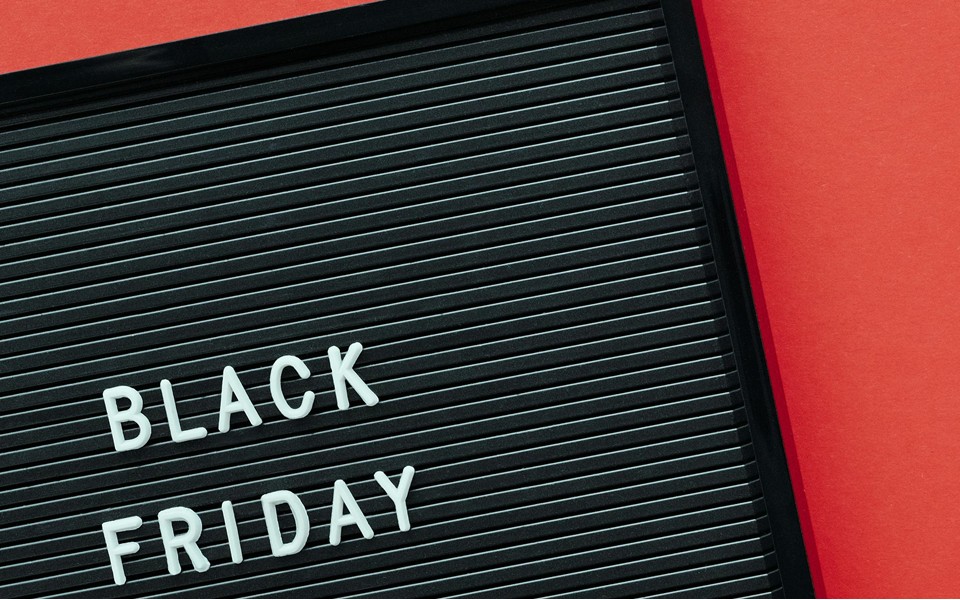As we move through 2025, consumer sentiment is being shaped by a complicated mix of optimism and unease. Inflation has slowed from its peak, but the cost of essentials—food, housing, healthcare—remains stubbornly high. Interest rates have begun to stabilize, yet borrowing still feels expensive to many households. On top of these persistent concerns, frequent steep tariffs have added fresh anxiety, as many fear higher prices on everyday goods.
Shoppers are being bombarded with conflicting headlines: one day about a strong labor market, the next about layoffs in key industries; one week about falling inflation, the next about potential spikes from tariff-driven price hikes. In this environment, consumers are pausing, reevaluating, and making more cautious choices.
For brands, this is a moment to step up—not just with competitive pricing, but with empathy, transparency, and an authentic understanding of what customers need most right now. Here’s how marketers can adapt their strategies to today’s shifting landscape.
Understand your customers today.
The mix of slowing inflation and new tariff threats has created a climate of cautious spending. Consumers aren’t just looking for “cheap”—they’re weighing value, longevity, and necessity. This has led to continued growth in private-label products, which are seen as both budget-friendly and increasingly competitive with national brands.
Recent IRI and Nielsen data shows private-label penetration is still rising across categories, from grocery staples to household essentials. Retailers like Kroger and Target are leaning into this shift, reinvesting in their owned brands with better packaging, expanded product lines, and messaging around quality that rivals (or exceeds) big-name competitors.
Customer insights are key here. For instance, Old Navy recently responded to consumer research by incorporating pockets into more of its dresses—a small but powerful adjustment that drove excitement and reinforced the sense that the brand is listening. As shoppers scrutinize every purchase, these kinds of consumer-informed improvements, even at a micro level, can differentiate a brand.
Navigate the evolving retail landscape.
The “new mall” isn’t dying—it’s adapting. Foot traffic at physical stores has rebounded as shoppers look to avoid shipping fees, simplify returns, and re-engage with products before purchasing. But today’s consumers aren’t simply browsing—they expect retailers to justify the trip with convenience, flexibility, and added value.
Data from Placer.ai shows mall visits climbed again in 2024,with discount and value-oriented retailers performing especially well. Retailers who blend digital and physical seamlessly—think curbside pickup, easy app-to-store integration, or digital coupons redeemable in-store—are thriving.
Tariff uncertainty may amplify this shift. If product prices rise, consumers will be more selective and demand stronger in-person experiences to “test before they buy.” Retailers who can emphasize savings(cash-back thresholds, bundles) and experiential value (try-ons, demos, exclusive in-store offers) will strengthen loyalty while softening the blow of potential price increases.
Loyalty is about value, not just perks.
Loyalty programs remain essential, but consumer expectations have evolved. Shoppers are flooded with subscription fatigue and wary of paying for memberships that don’t clearly save them money. Free programs that deliver discounts, rewards, and a sense of exclusivity are seeing the strongest adoption.
A 2024 McKinsey study found that 76% of U.S. consumers say discounts are the top driver of loyalty program participation, outpacing all other benefits. But personalization is also rising in importance: consumers want offers that feel directly relevant, not generic. Retailers that leverage data to deliver smart, timely, and context-aware promotions—such as discounting diapers for parents, or free shipping for frequent online buyers—are seeing higher engagement.
Meanwhile, companies that reduce perceived value risk backlash. Netflix’s crackdown on password sharing and rising subscription fees are prime examples of how “value erosion” undermines loyalty. In 2025, brands must ensure their loyalty programs add tangible, transparent benefits that feel like a win for the consumer.
Reevaluate your value proposition.
Price will always matter, but today’s consumers—particularly Gen Z and Millennials—are factoring in more than just affordability. Sustainability, ethics, and responsible sourcing are now deeply embedded in purchase decisions.
Tariff-related cost increases create a pivotal moment for brands: do they compromise on sustainable practices to offset costs, or double down on them as a differentiator? Deloitte’s 2024 Global Gen Z & Millennial Survey found climate change ranked as the top personal concern among younger consumers, ahead of healthcare access and even political instability. Cutting corners here risks alienating the very generations that will shape spending for decades to come.
Leading companies are leaning into sustainability not as a bonus but as “table stakes.” Patagonia, for example, continues to invest in recycled materials and transparency in its supply chain—even as costs rise. These moves reinforce long-term loyalty and credibility, while competitors who quietly reduce commitments risk reputational damage.
Be there for your consumers.
Above all, empathy and transparency matter most in times of uncertainty. Consumers understand that costs fluctuate, but they resent hidden price hikes, reduced quality, or “shrinkflation.” Clear communication about challenges—and visible efforts to deliver value despite them—goes a long way toward earning trust.
Brands that demonstrate empathy—whether by keeping staple products affordable, offering flexible return policies, or clearly explaining price adjustments—will be remembered as partners rather than opportunists. In a landscape of tariff-driven anxiety, this authenticity becomes not just a marketing choice, but a strategic imperative.
💡 Do you know your customers and their specific needs in this shifting landscape? Market Research is the best place to start your customer-centric journey.







.png)



